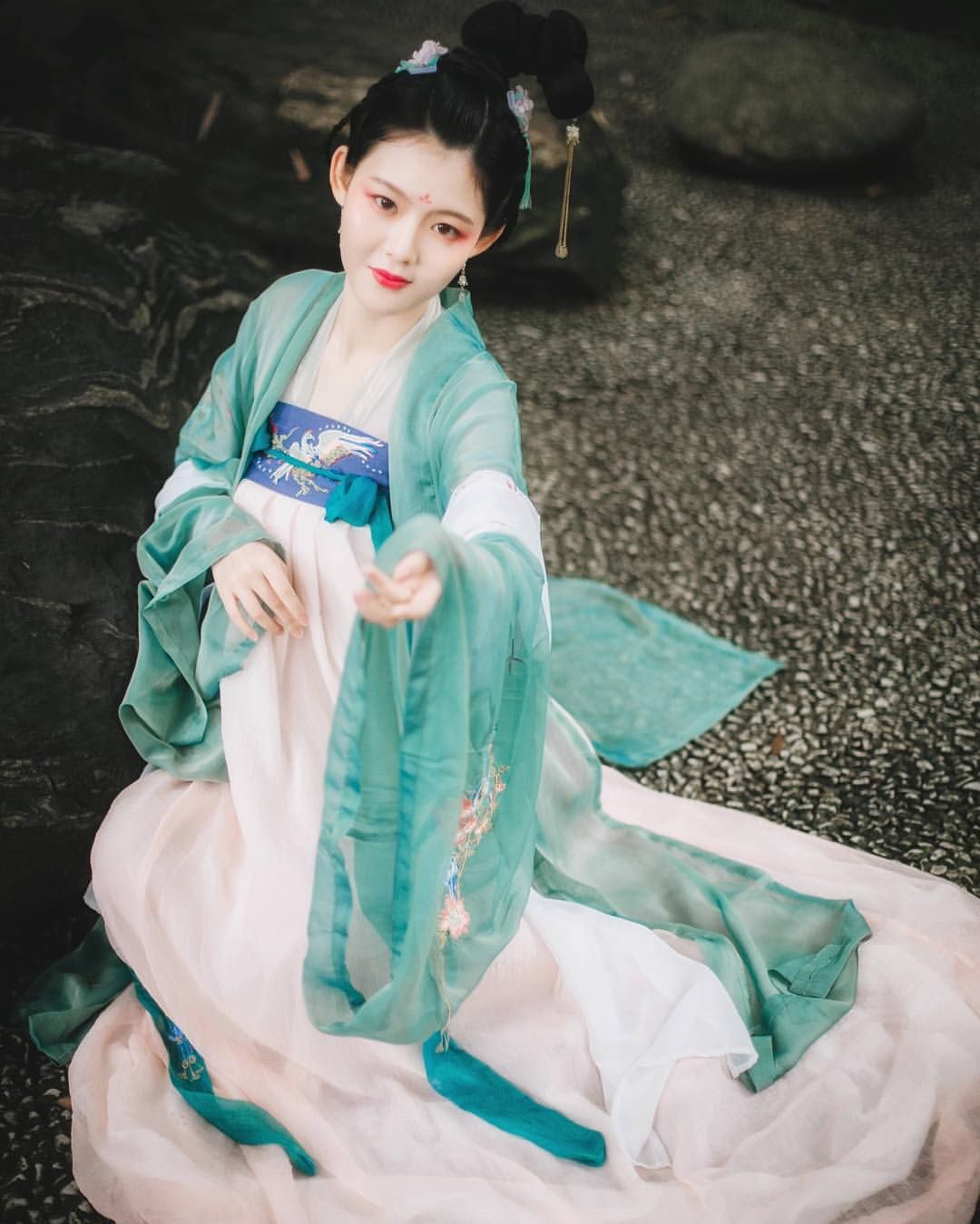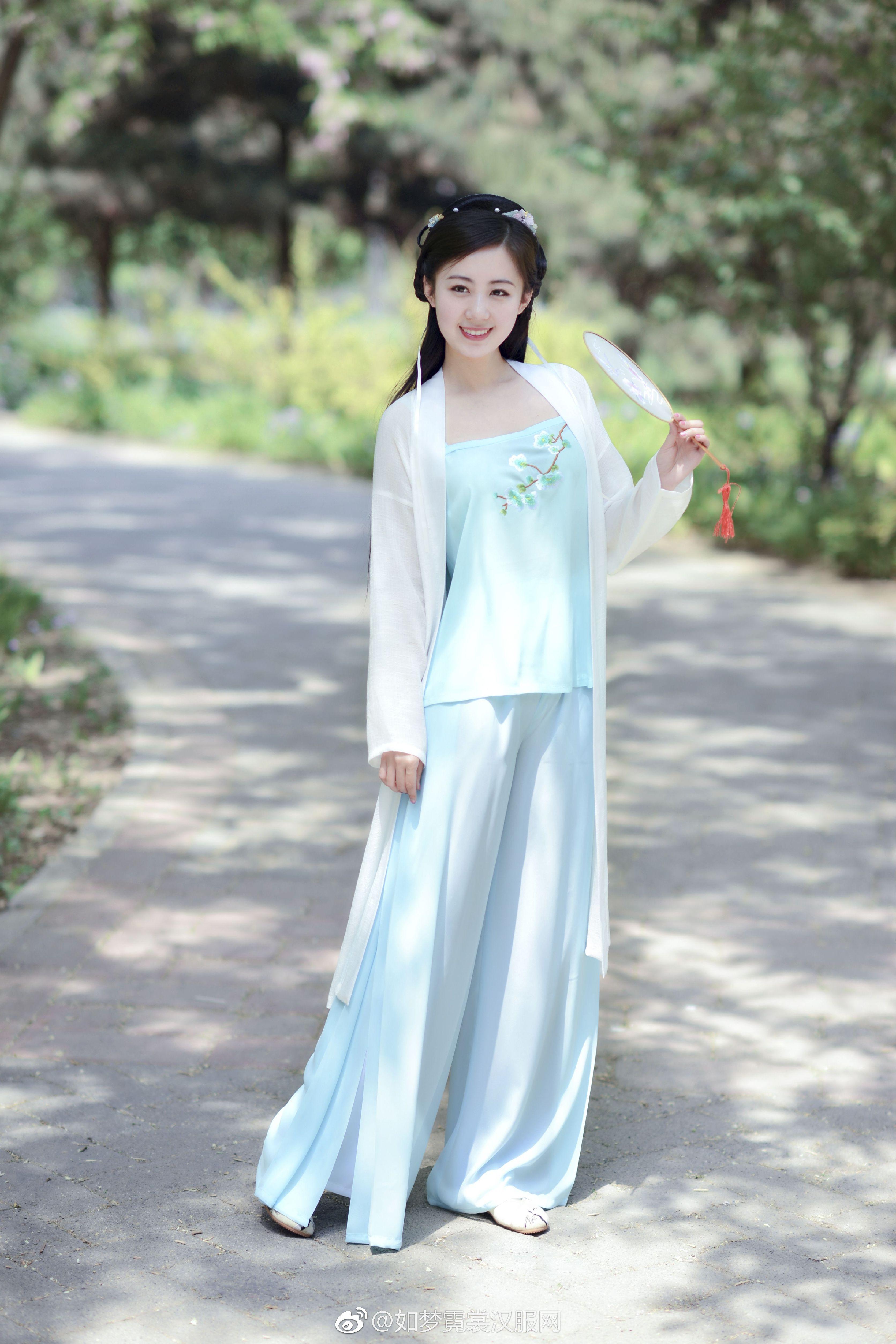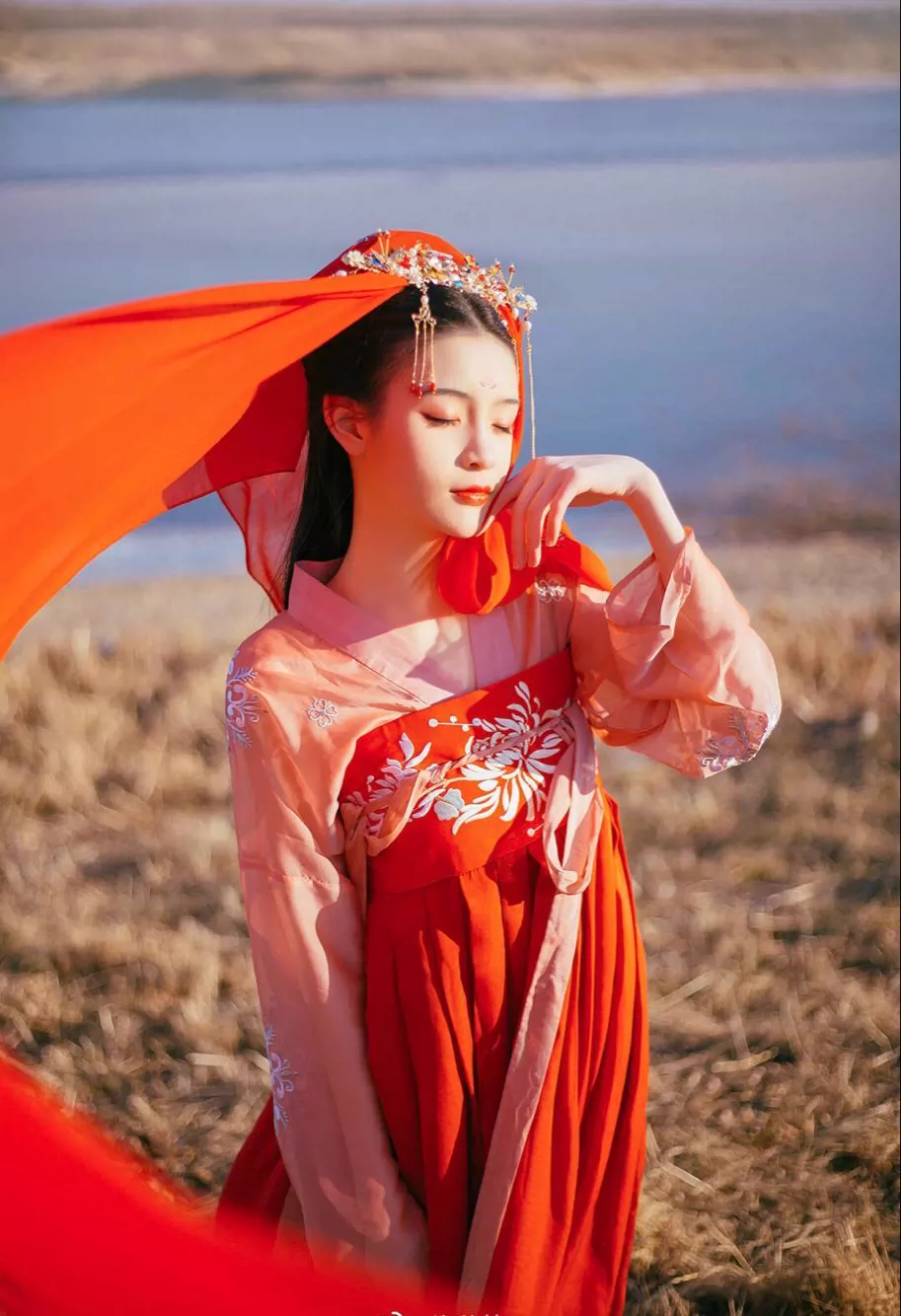beijingwalker
ELITE MEMBER

- Joined
- Nov 4, 2011
- Messages
- 65,195
- Reaction score
- -55
- Country
- Location
Traditional hanfu dress revival among China's youngsters
Ke Jiayun
12:01 UTC+8, 2018-12-10

The name hanfu is given to pre-17th century traditional clothing of the Han Chinese, the country’s predominant ethnic group. Now more and more youngsters are falling in love with these pretty, artisanal robes with historical roots.
Hanfu is seeing a revival in interest, with elements related to the design of hanfu introduced in modern clothing styles and erciyuan culture, or a two-dimensional space, a term referring to anime, manga and games.
In the music video of “Yihonglian (Reminiscence of the Red Lotus),” virtual artist Luo Tianyi, the Chinese counterpart of Hatsune Miku, a persona of a Japanese voice-imitated project Vocaloid, who is now a global icon, dresses in a red-and-white hanfu and sings an ancient Chinese-style song.
The revival is also seen in the daily lives of people. During the National Day holiday, people, especially young girls, brighten up the streets and tourist attractions with their hanfu clothing.
https://www.shine.cn/feature/lifestyle/1812106421/
Ke Jiayun
12:01 UTC+8, 2018-12-10

The name hanfu is given to pre-17th century traditional clothing of the Han Chinese, the country’s predominant ethnic group. Now more and more youngsters are falling in love with these pretty, artisanal robes with historical roots.
Hanfu is seeing a revival in interest, with elements related to the design of hanfu introduced in modern clothing styles and erciyuan culture, or a two-dimensional space, a term referring to anime, manga and games.
In the music video of “Yihonglian (Reminiscence of the Red Lotus),” virtual artist Luo Tianyi, the Chinese counterpart of Hatsune Miku, a persona of a Japanese voice-imitated project Vocaloid, who is now a global icon, dresses in a red-and-white hanfu and sings an ancient Chinese-style song.
The revival is also seen in the daily lives of people. During the National Day holiday, people, especially young girls, brighten up the streets and tourist attractions with their hanfu clothing.
https://www.shine.cn/feature/lifestyle/1812106421/





















